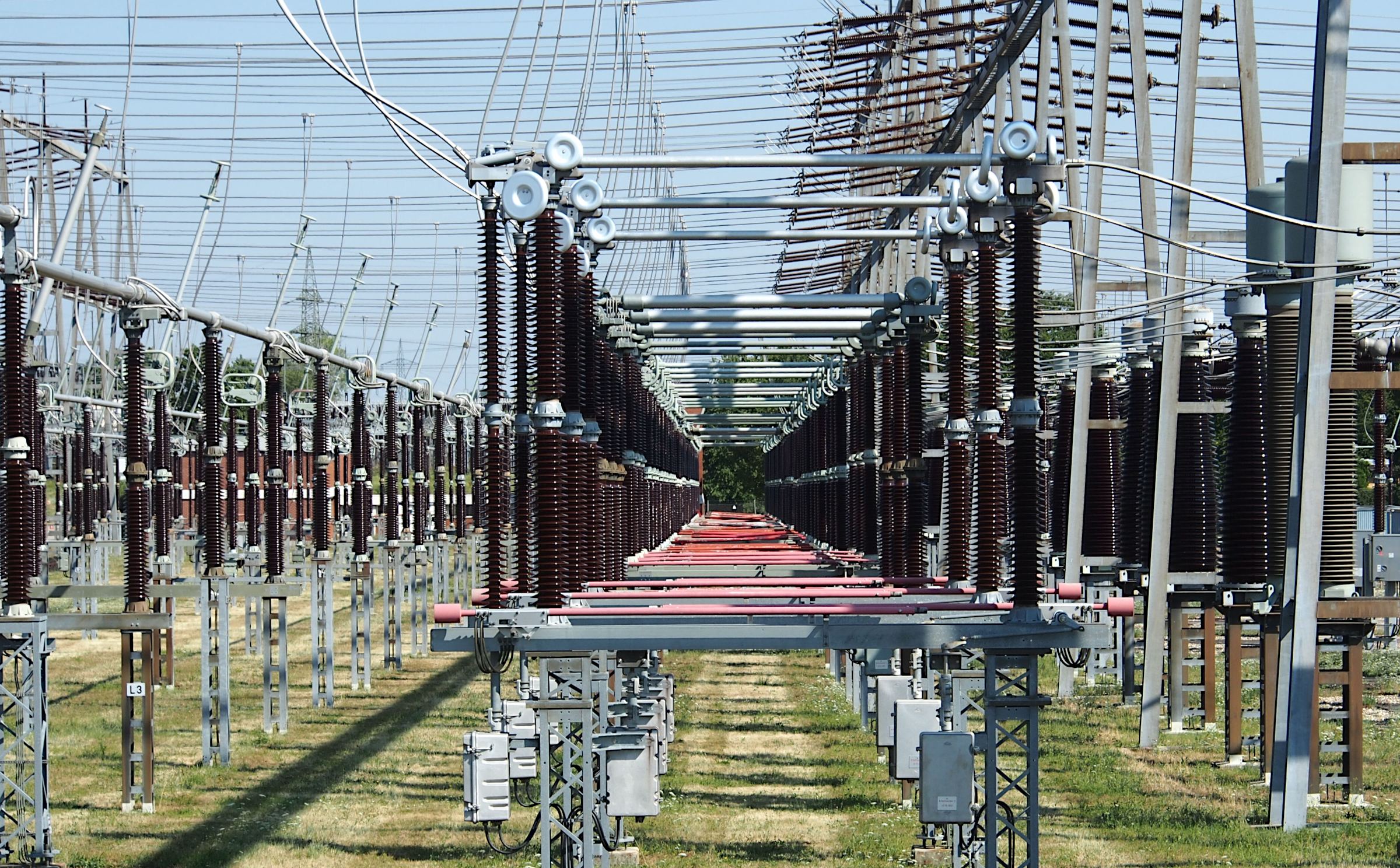INDUSTRY 5.0: HUMAN-ROBOT INTERACTION, SMART MANUFACTURING, AND AI/ML INTEGRATION—A COMPREHENSIVE REVIEW FOR NEXT-GENERATION MANUFACTURING SYSTEMS
Keywords:
Industry 5.0; human-robot collaboration; smart manufacturing; artificial intelligence; machine learning; IIoT; cyber-physical systems; digital twins; extended reality; sustainable manufacturingAbstract
The current development of manufacturing technologies and the ongoing necessity to build sustainable and human-focused production systems are posing a serious threat to the conventional automated manufacturing systems. The Industry 5.0 vision that entails billions of intelligent devices cooperating with human laborers in intelligent manufacturing network must resolve the issue of human-machine synergy and leverage the new technologies of artificial intelligence, machine learning, and cyber-physical systems. Human-centricity is a challenge that has limited human-centricity in the current continuum of Industry 4.0 applications, which drives us to consider human-robot collaboration (HRC) as the solution to the next-generation manufacturing. Industry 5.0 allows pigmenting human capabilities through intelligent robotic systems without compromising the human creativity, flexibility, and ability to make decisions. This paper aims to discuss Industry 5.0 as a paradigm shift in the development of human-centric smart manufacturing and open the way to intelligent production systems of the future to struggle against the sustainability, resilience, and well-being of the working community. We initially point out the transformation of Industry 4.0 into Industry 5.0 and the overall change in manufacturing towards being human centered. Then we explore HRC as an effective intervention to improve the safety and productivity at work place. Next, we discuss the smart manufacturing architecture such as IIoT, cyber-physical systems, and digit twin applications, to exploit the interconnected digital technologies. To learn about data processing and system optimization, we illustrate predictive maintenance and quality control as well as data-based optimization schemes of production that use AI/ML. In addition, we also explain industrial communication standards (OPC UA, MQTT), programming environments (Python, R, MATLAB, Node-RED), and sensor integration methods towards the implementation of Industry 5.0 systems. In a similar manner, to meet the workforce development demands, sufficient extended reality (XR) training solutions and human-machine interface designs are discussed, as well as the aspects of sustainability and the integration of the circular economy. Lastly, we point out the Industry 5.0 applications with current research issues and future perspectives of the next-generation smart manufacturing systems















